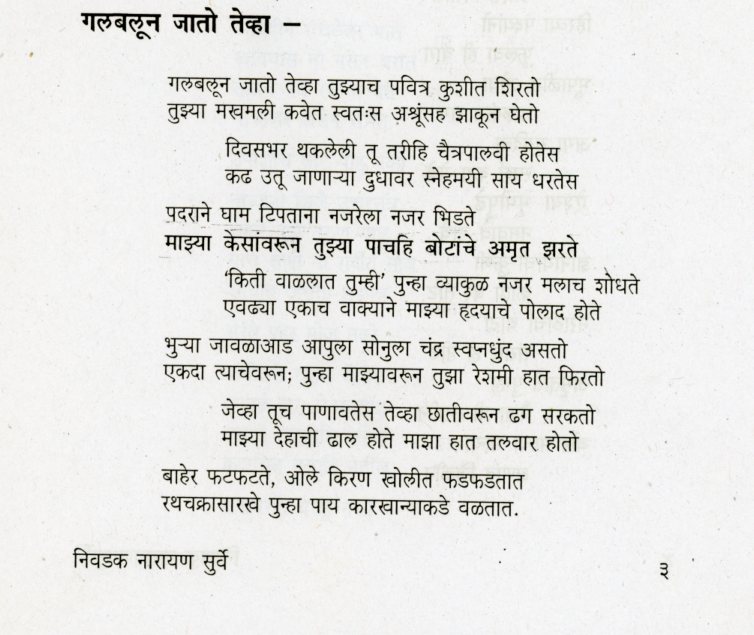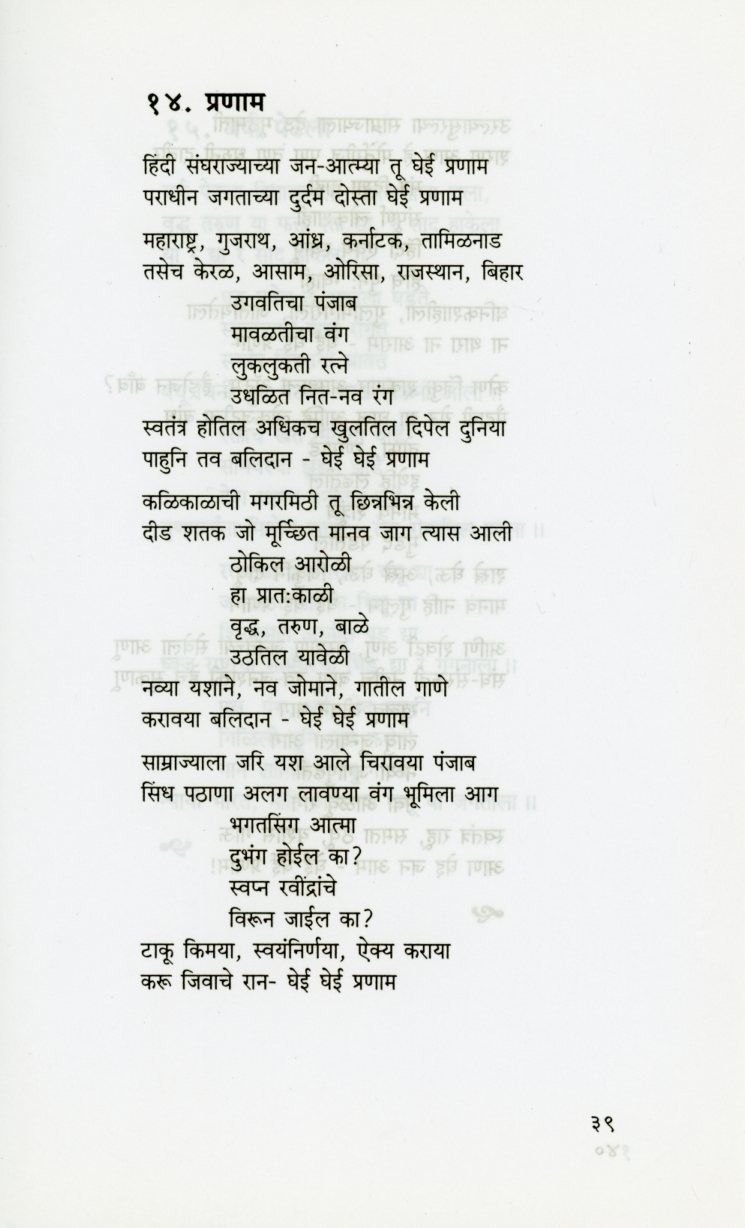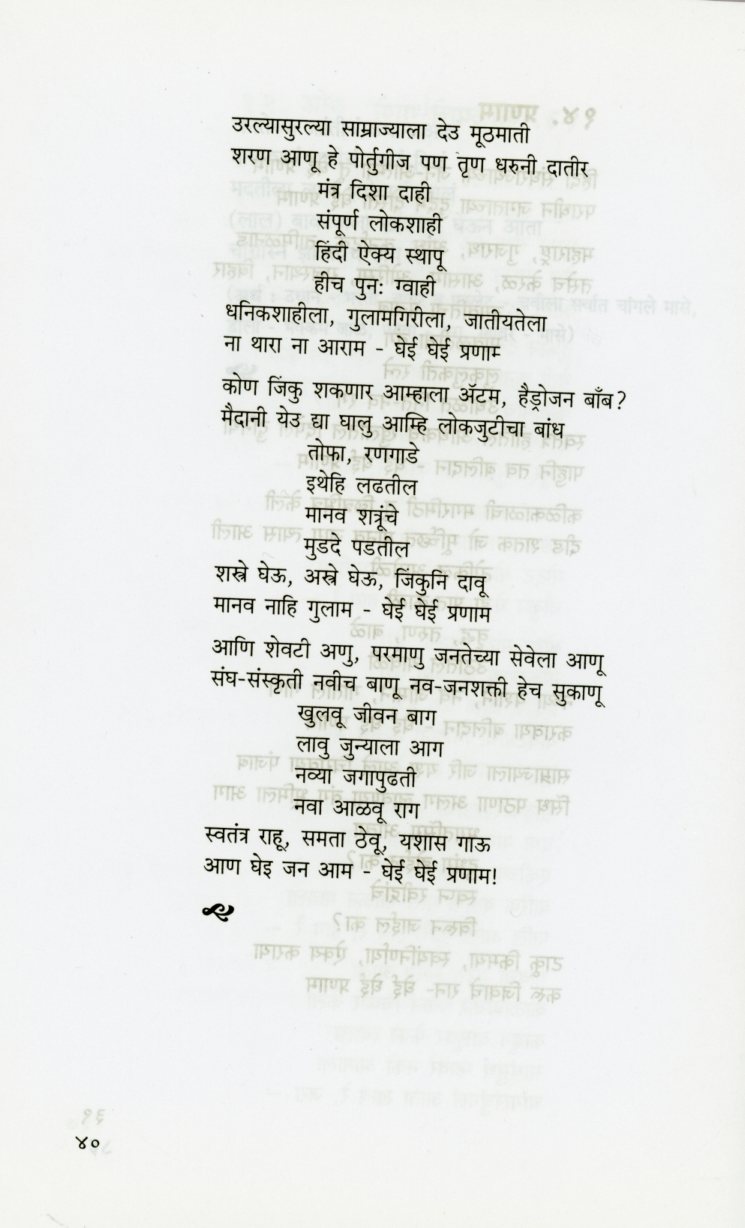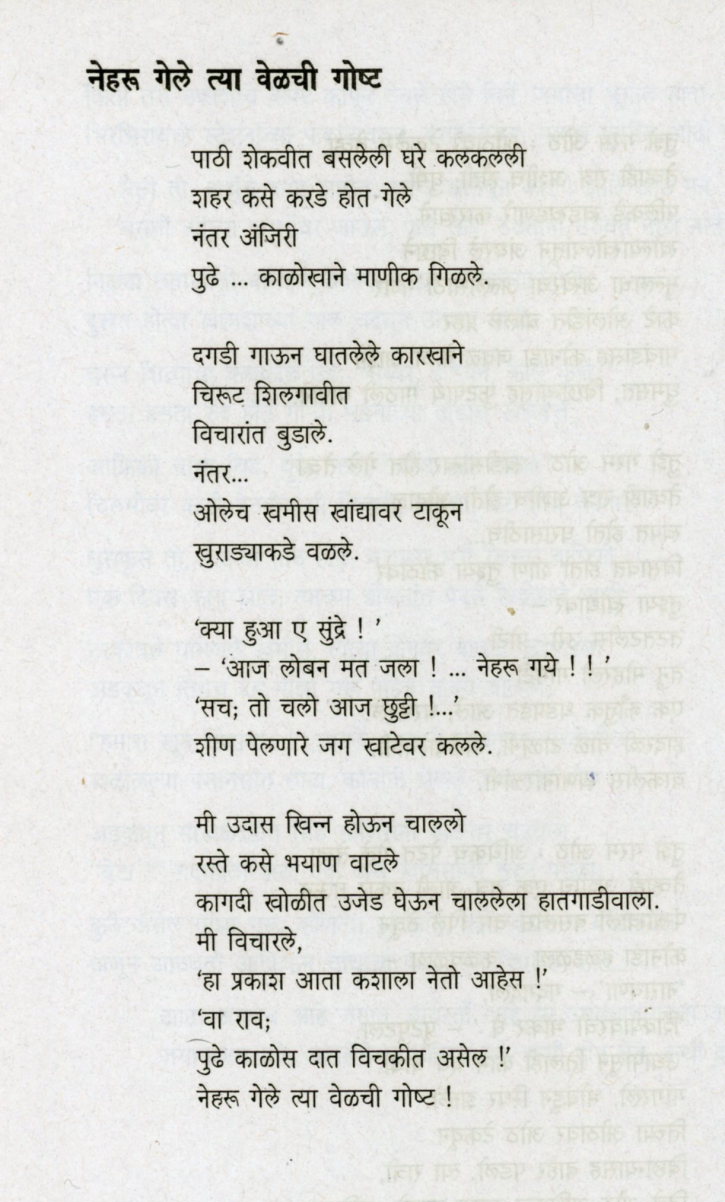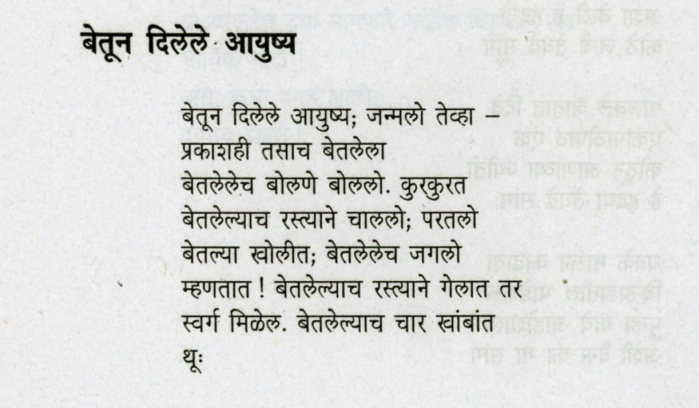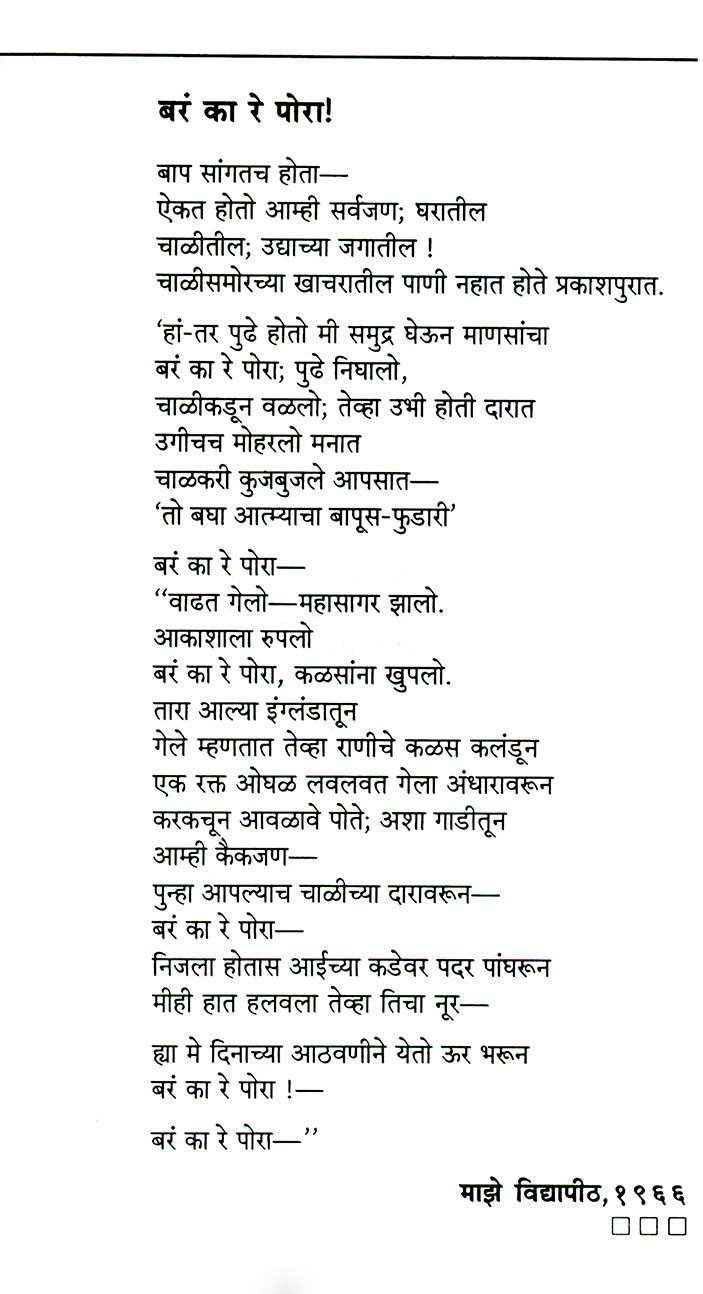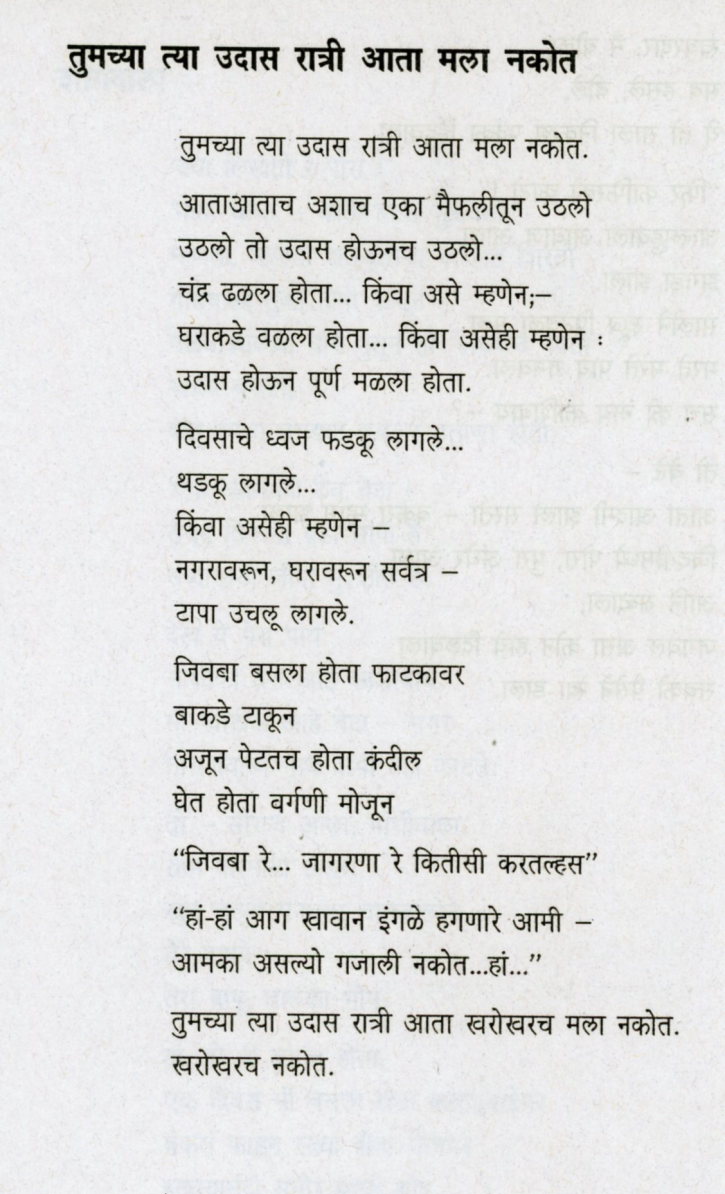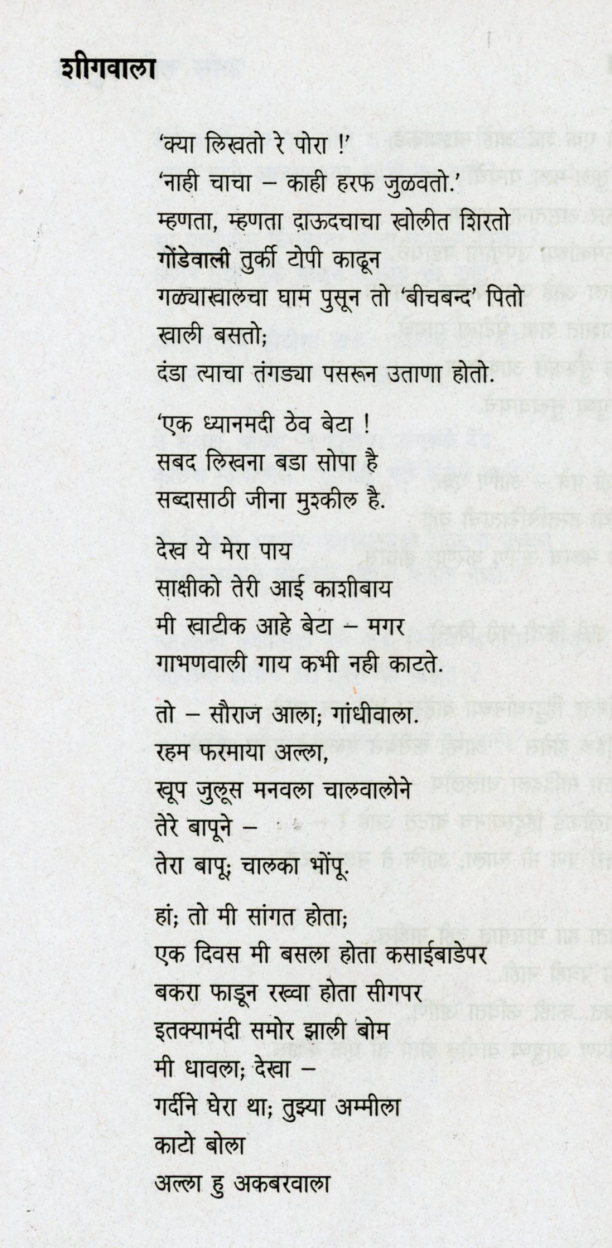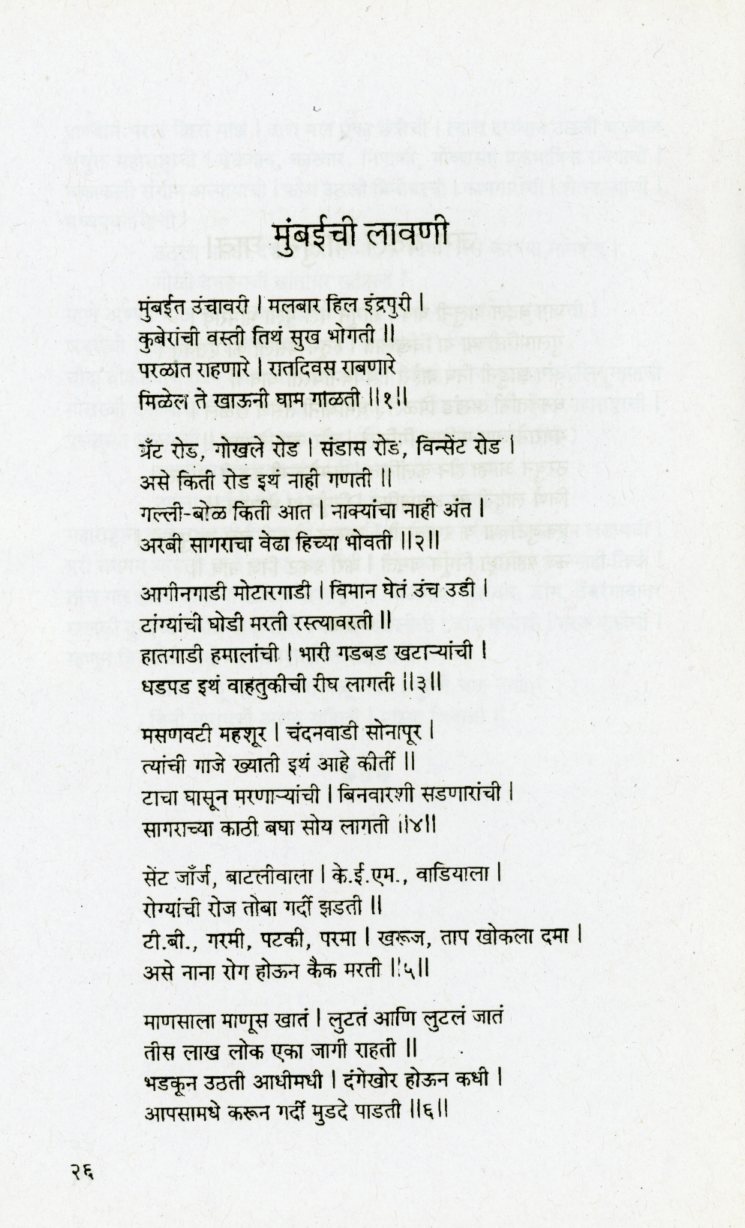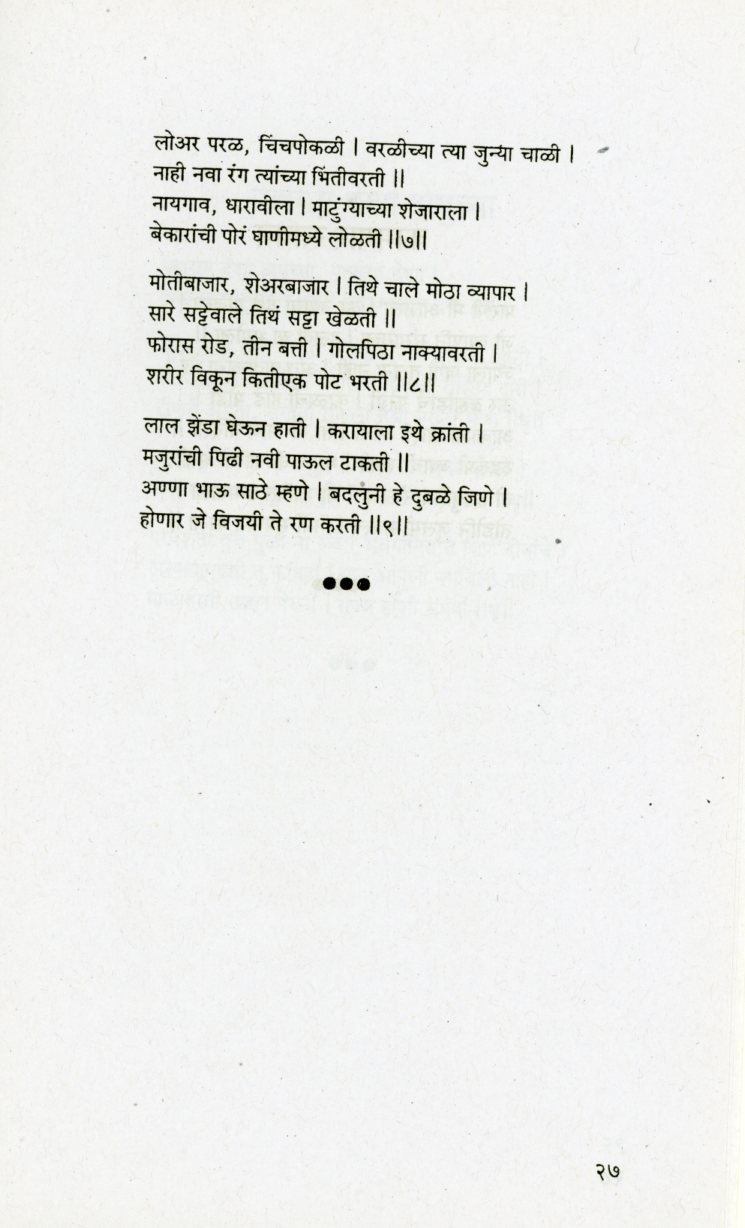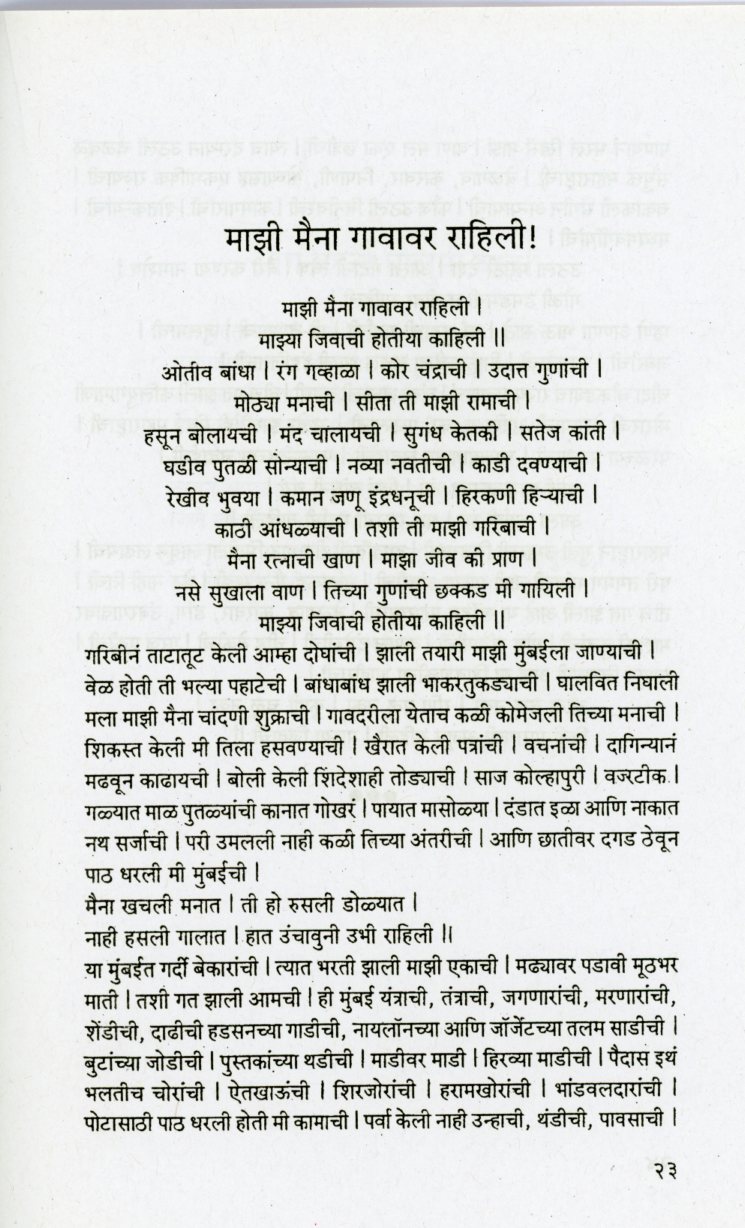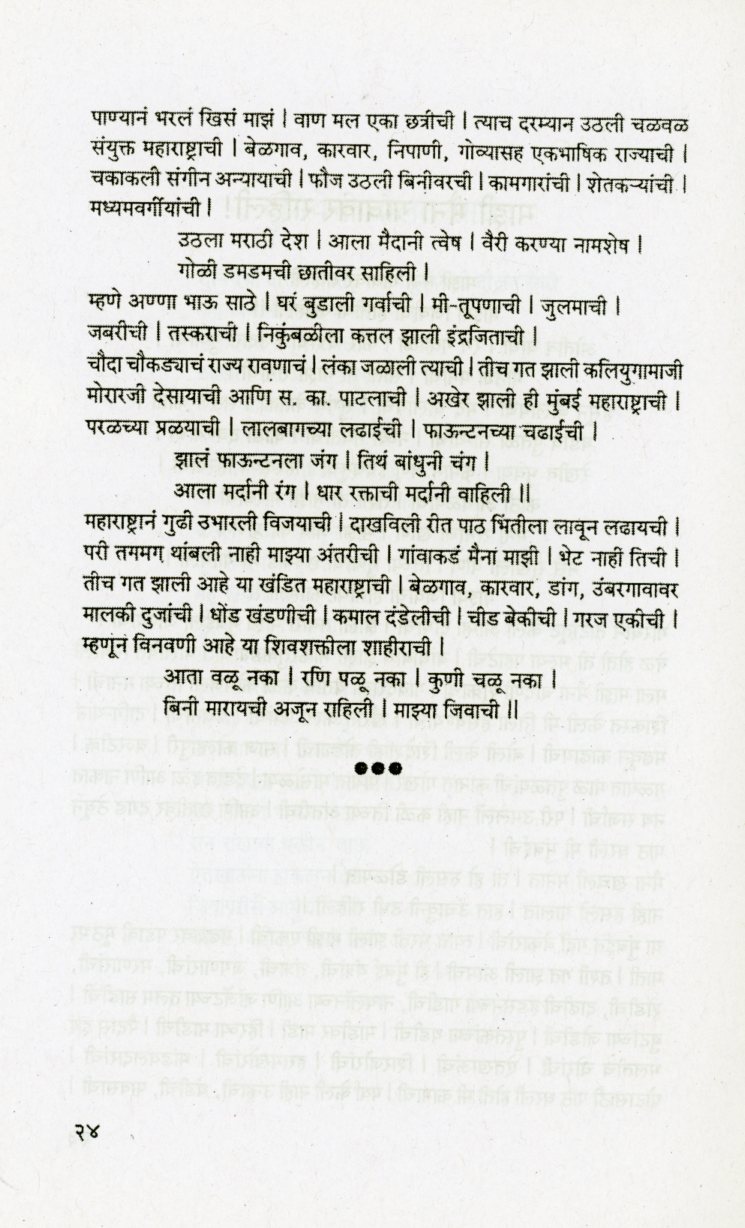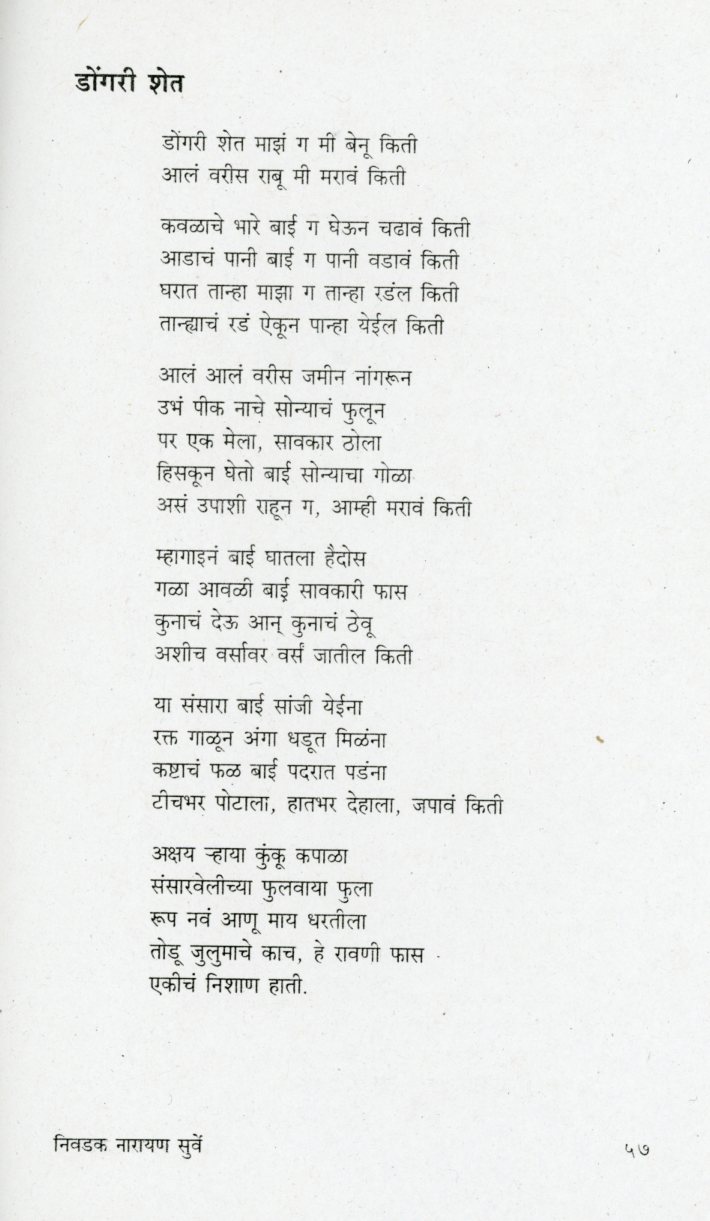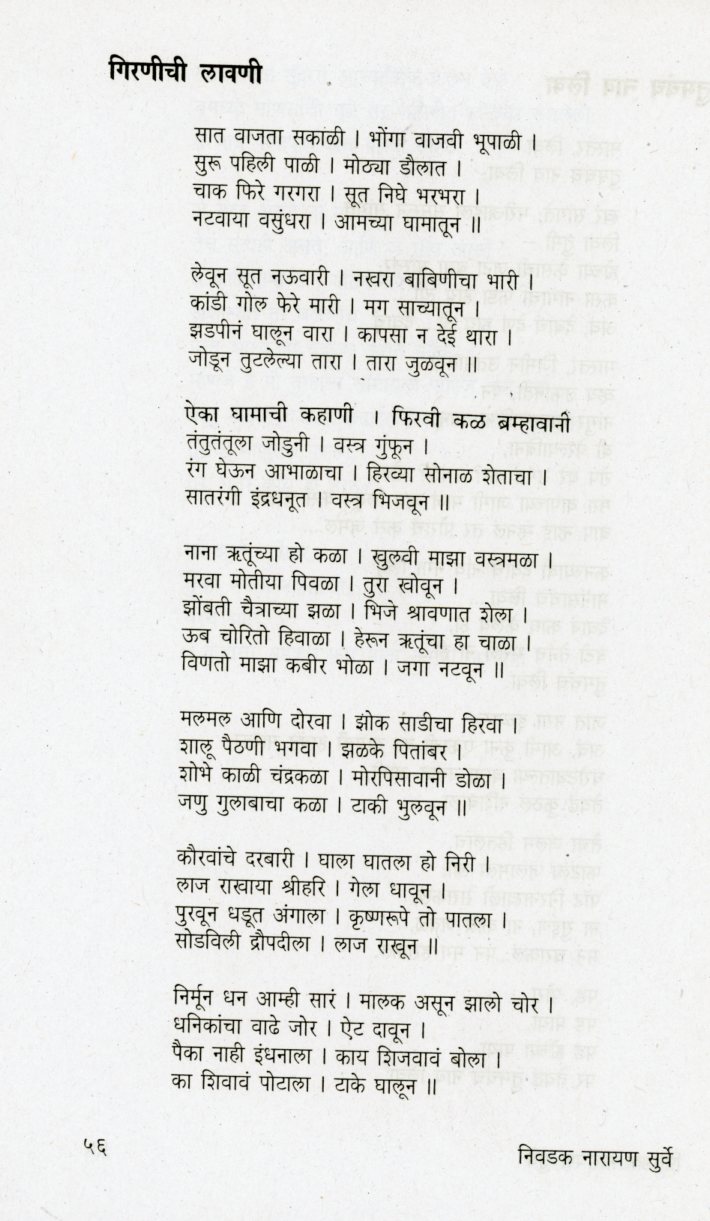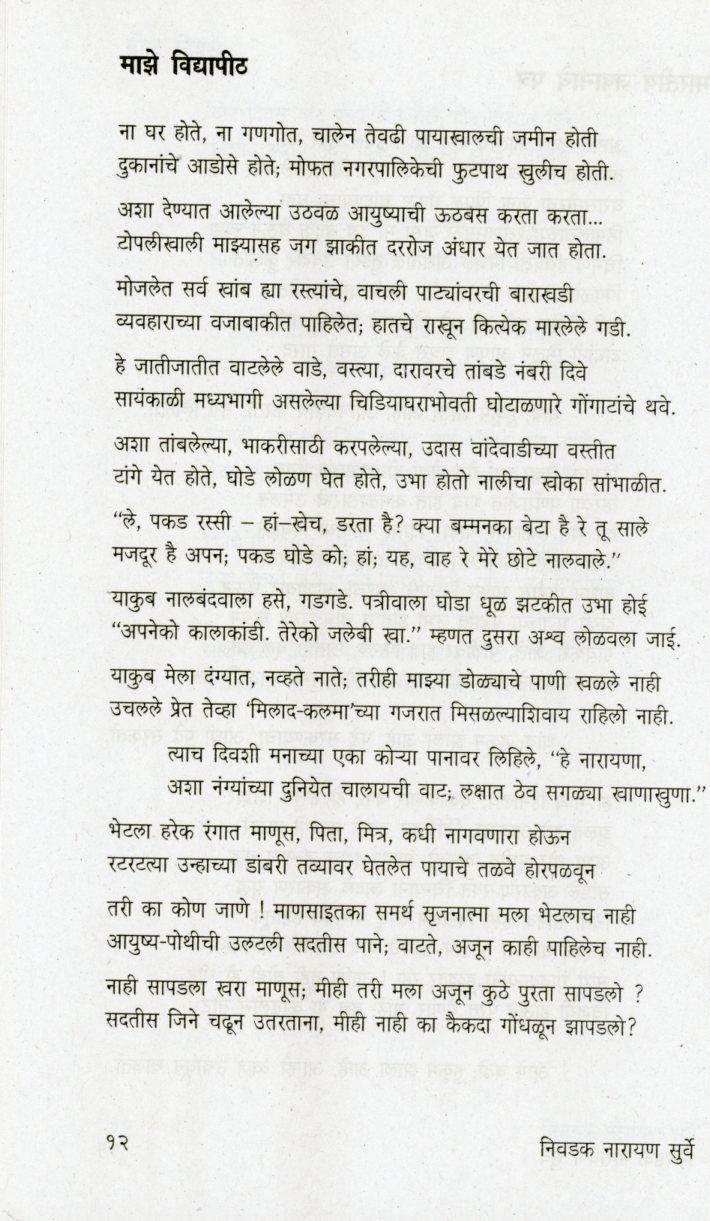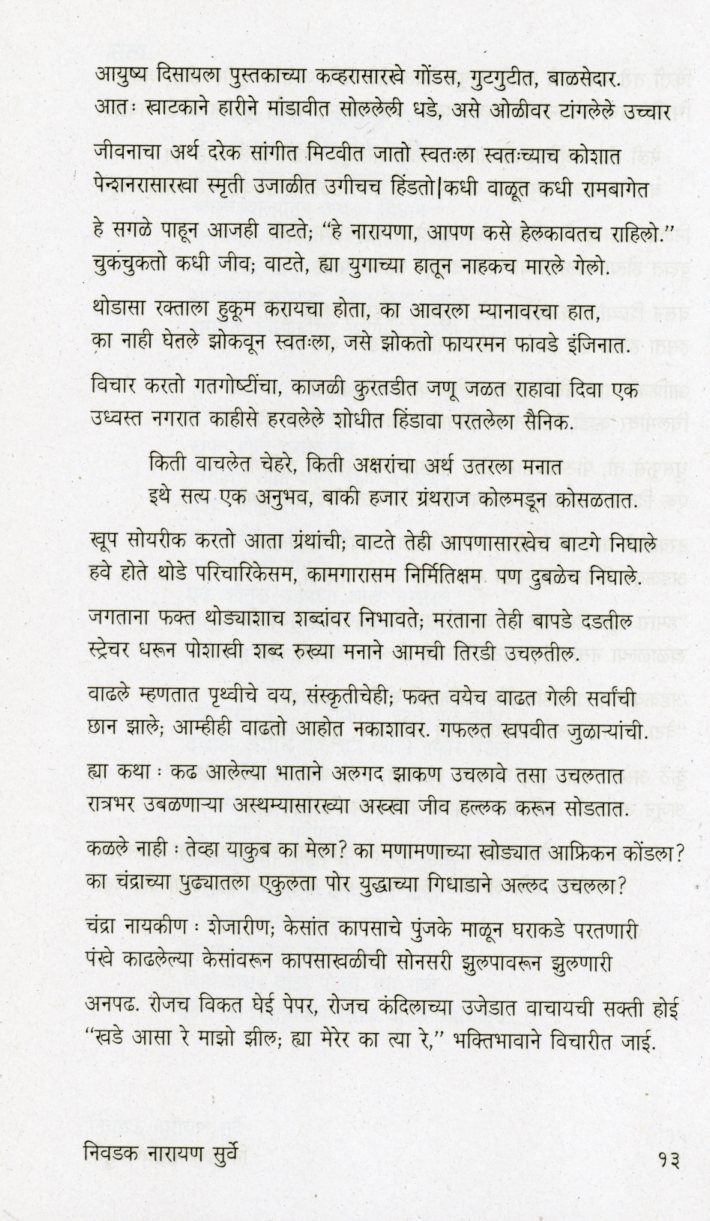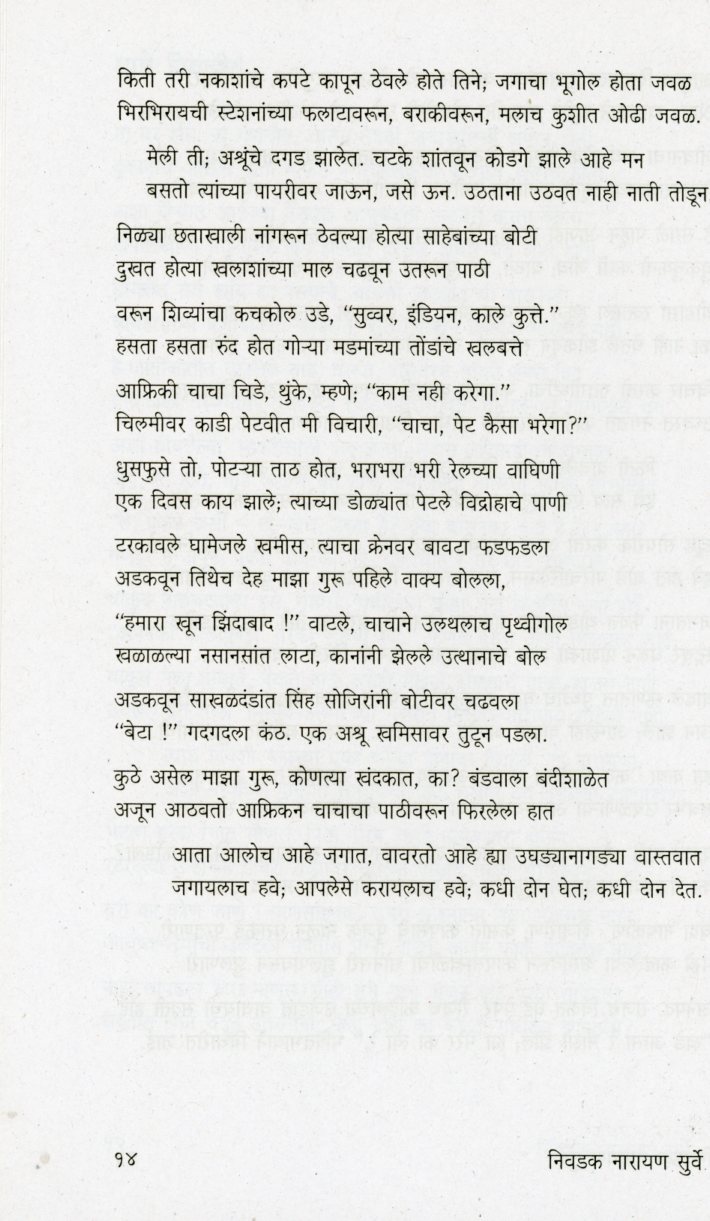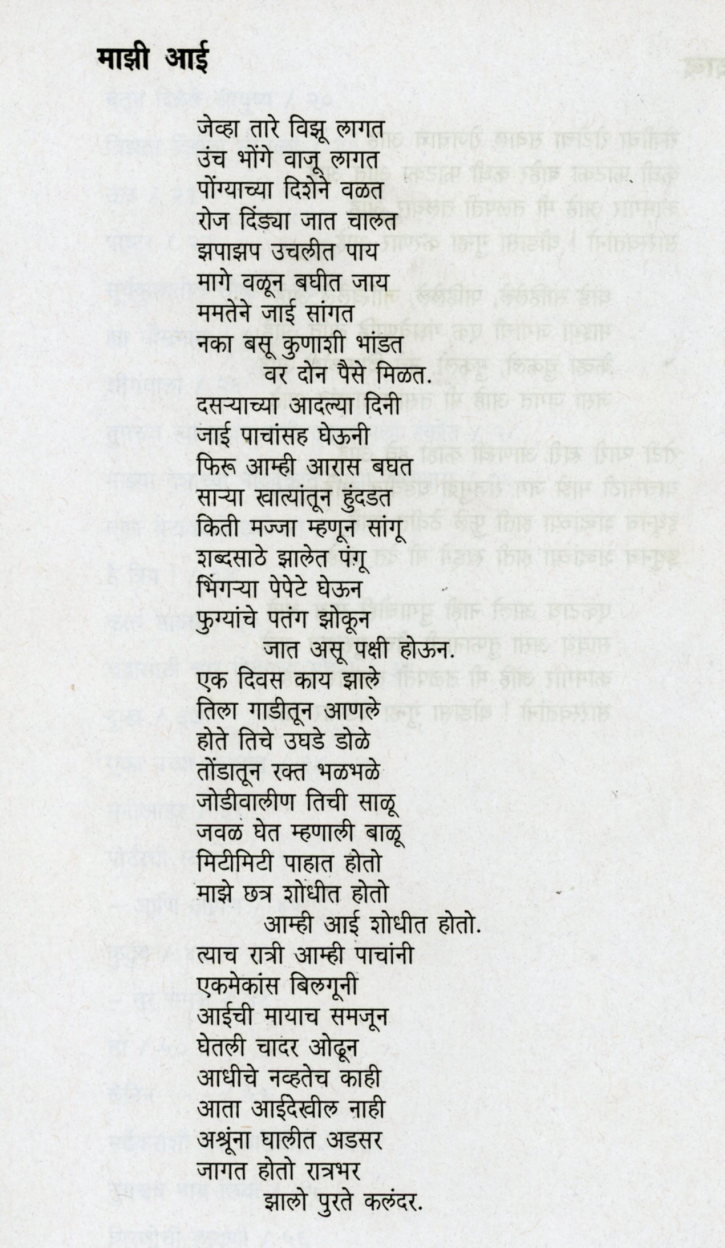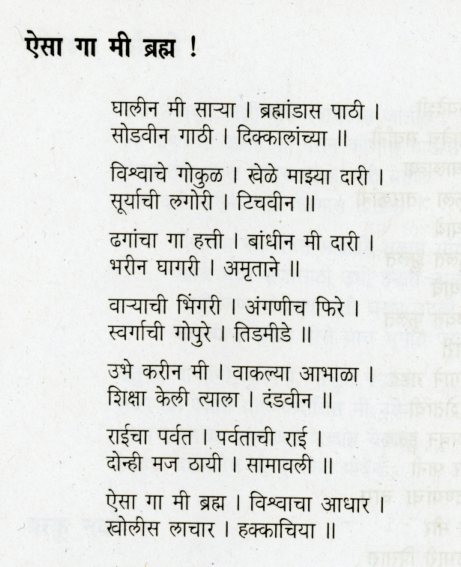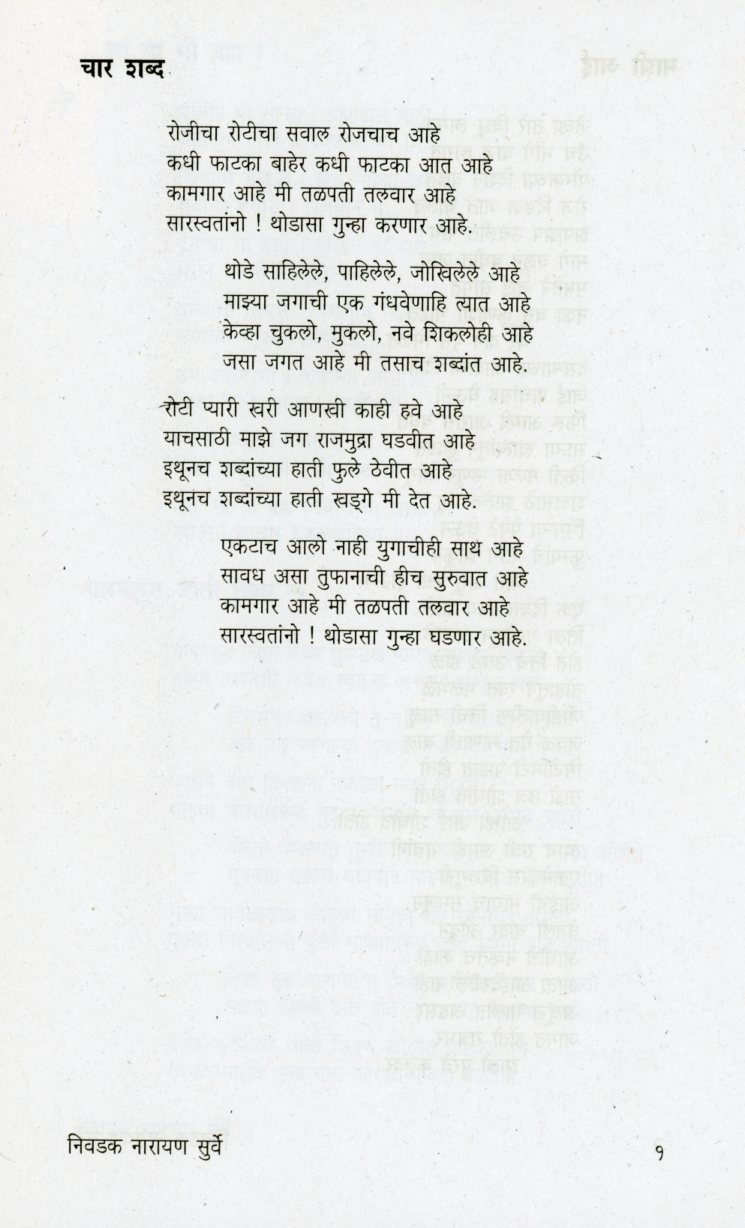The growth of Mumbai has been inextricably linked with the textile mills. In 1854, the first textile mill opened in Bombay. By the 1930s, two-thirds of Bombay’s work force were mill workers, transforming the city into a key industrial hub. A rich social, political and cultural life developed in neighbourhoods across Central Bombay.
The great textile strike in 1982 marked the process of mill closure, as mill owners used this to shut down the industry and shift to more profitable ventures. Over 150,000 workers and many others dependent on them lost their livelihoods and the mill lands were redeveloped primarily into malls, gated housing and corporate spaces.
This web archive of audio-visual and text resources pertaining to the mill lands of Mumbai, its people and their struggles, features:
More than 3 decades after the closure of the mills, ‘GiranMumbai’ is an attempt to serve as a repository of material that not only details the various contestations around the mill lands of Mumbai, but also explores how people have coped with these traumatic changes, and how the cultural spaces of Mill Mumbai have transformed and continue to survive.
From Neighbourhood To Nation: The Rise And Fall Of The Left In Bombay’s Girangaon In The Twentieth Century
by Rajnarayan Chandavarkar
(excerpted from Adarkar, N., & Menon, M. (2004). One Hundred Years One Hundred Voices: The Millworkers of Girangaon: An Oral History. Seagull Books Pvt Ltd.)
If you stand at night on the roof of one of the recent, still under-occupied high-rise buildings erected on the property of a defunct mill in central Bombay and often named with a surreal flourish like Kalpataru Heights, or the Phoenix Towers that sprang from the ashes of a spinning mill, you will be treated to an instructive, indeed, allegorical, view of the city. Immediately at the base of the Heights upon which you stand will be a discernible circle of gloom. Further afield, a mile or two away, whether towards the bustling suburbs to the north or the old town and the business districts to the south, the city will be awash with electric light. As the city’s textile mills have closed down, so the residents of Girangaon are enveloped in darkness in the geographical centre of one of the world’s largest cities.
Two events in recent times have marked the ways in which Bombay’s residents view their city, its culture and character, its position in the wider world and the social and political relations by which it is constituted — the decline and in large measure the closure of the textile industry since the late 1980s and the brutal pogrom against Muslims in December 1992 and January 1993 that followed the destruction of the Babri Masjid at Ayodhya. Bombay’s prodigious growth in the late nineteenth century and its claim to be a major metropolitan centre has, until recently, been inextricably tied to the rise and growth of the cotton textile industry. The apparently precipitous decline of the industry has not only proved calamitous for some of its residents but has unsettled the city’s sense of its own identity. Read More.
